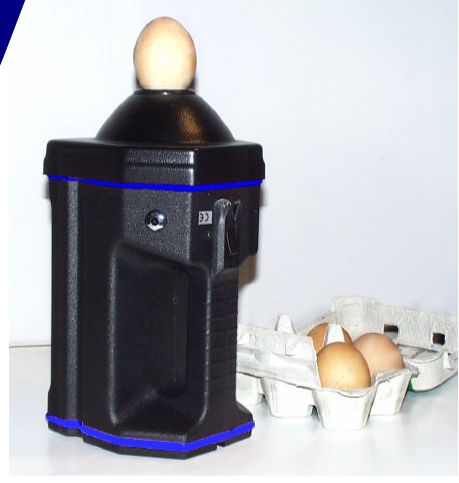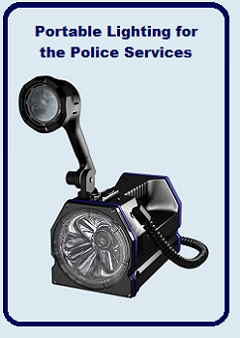Monthly Archives: March 2013
Candling Eggs
What is Egg-candling?
Egg candling sounds like a rather ineffective way of cooking an egg-but it actually has nothing to do with cooking at all. It is simply a generic term sometimes used to describe egg inspection. Candles used to be used to pass light through an egg in order to inspect the egg for diseases.
Although candles are no longer used for egg inspection, the term “egg candling” is still sometimes used.
Eggs are inspected to ensure that they are fertile and also allows identification of diseased eggs.
Ideally eggs are candled after about a week of incubation, and at this time it should be possible to see how the embryo is developing. Viable eggs will have little spidery “veins” and maybe even some movement within the egg; non-viable or in-fertile eggs will be clear and can be removed. “Addled” or diseased eggs will show up cloudy and even spotty and then should be removed and disposed of carefully.
After a further 7 days it is a good idea to inspect again, and remove any eggs that look like there has been no further development. Sometime eggs that are failing to develop will not need candling – the smell is enough to let you know!
How to Candle Eggs
Egg candling needs to be fast and efficient – shining a light through an egg for too long will also heat it and that is not a good idea. Fortunately we have come a long way from old-fashioned naked flames, and there are highly specialized and efficient torches designed specially for egg-candling.
White Knight manufacture egg inspection lights that are reliable and easy to use, and have been used regularly by DEFRA


